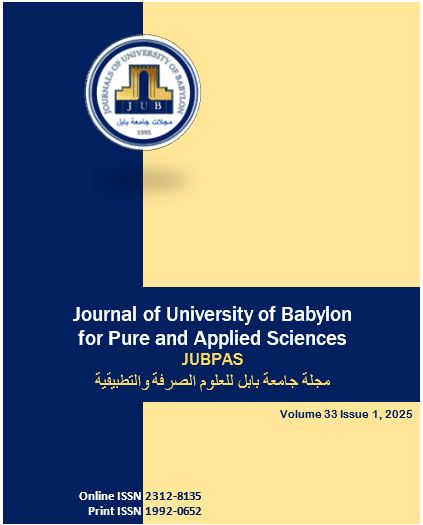Ostracod Species Assemblages in the Recent Sediments from Northern Basrah Governorate, Southern Iraq
Main Article Content
Abstract
Background: The objective of the research is to determine the various ostracod species assemblages present in contemporary sediments of Northern Basrah Governorate. This investigation aims to clarify the characteristics of the sedimentary environments in those sediments, as well as uncover the events that have influenced their environmental conditions.
Materials and Methods:
A total of thirty one samples were collected from fourteen different locations and subjected to grain size analysis through wet sieving for the separation of sand from silt and clay the identification of sediment types. For the microfaunal taxa study, all samples were washed and dried thoroughly. Carapaces and valves of ostracod were then meticulously selected by hand under a binocular microscope. Photographic documented of the ostracod species to the identification of the ostracod assemblages present.
Results:
The analysis of the sediment composition reveals that 55% of the total samples fall within the silt category, while 26% as sandy silt and the remaining 19% are classified as belonging to the mud zone. The ostracod species were classified into distinct assemblages to define the environmental conditions, which are; Assemblage I, Assemblage II, and Assemblage III.
Conclusion:
There are three sedimentary textures: silt, sandy silt, and mud. Silt deposits are the most commonly found. In terms of identified ostracod species, Assemblage I shows characteristics typical of an estuarine environment. Assemblage II reflects a marsh environment. Assemblage Ⅲ environment varied from oligohaline/lake environment at the bottom to fluvial freshwater environment at the top.
Article Details

This work is licensed under a Creative Commons Attribution 4.0 International License.
